From Wikipedia, the free encyclopedia
Jump to: navigation, search
"Norman England" redirects here. For the American director, see Norman England (director).
For other uses, see The History of England (disambiguation).
History of England
This article is part of a series Prehistoric BritainRoman BritainSub-Roman BritainAnglo-Saxon EnglandHeptarchyKingdom of EnglandAnglo-Norman EnglandHouse of PlantagenetHouse of LancasterHouse of YorkHouse of TudorHouse of StuartCommonwealth of EnglandThe ProtectorateStuart RestorationGlorious RevolutionKingdom of Great BritainUnited Kingdom of Great Britain
and IrelandUnited Kingdom of Great Britain
and Northern IrelandEngland Portal
v • d • e
The history of England began with the arrival of humans thousands of years ago. What is now England, within the United Kingdom, was inhabited by Neanderthals 230,000 years ago. However, continuous human habitation dates to around 12,000 years ago, at the end of the last glacial period. The region has numerous remains from the Mesolithic, Neolithic, and Bronze Age, such as Stonehenge and Avebury. In the Iron Age, England, like all of Britain south of the Firth of Forth, was inhabited by the Celtic people known as the Britons, but also by some Belgae tribes (e.g. the Atrebates, the Catuvellauni and the Trinovantes). In AD 43 the Roman conquest of Britain began; the Romans maintained control of their province of Britannia through to the 5th century.
The Roman departure opened the door for the Anglo-Saxon invasion, which is often regarded as the origin of England and the English people. The Anglo-Saxons, a collection of various Germanic peoples, established several kingdoms that became the primary powers in what is now England and parts of southern Scotland.[1] They introduced the Old English language, which displaced the previous British language. The Anglo-Saxons warred with British successor states in Wales, Cornwall, and the Hen Ogledd (Old North; the Brythonic-speaking parts of northern England and southern Scotland), as well as with each other. Raids by the Vikings were frequent after about AD 800, and the Norsemen took control of large parts of what is now England. During this period several rulers attempted to unite the various Anglo-Saxon kingdoms, an effort that led to the emergence of the Kingdom of England by the 10th century.
In 1066, the Normans invaded and conquered England. There was much civil war and battles with other nations throughout the Middle Ages. The Kingdom of England was a sovereign state until the reign of Richard I who made it a vassal of the Holy Roman Empire in 1194. In 1212 during the reign of his brother John Lackland the Kingdom instead became a tribute-paying vassal of the Holy See [2][3] until the 16th century when Henry VIII broke from the Catholic Church. During the Renaissance, England was ruled by the Tudors. England had conquered Wales in the 12th century and was then united with Scotland in the early 18th century to form the Kingdom of Great Britain. Following the Industrial Revolution, Great Britain ruled a worldwide Empire, the largest in the world. Following a process of decolonization in the 20th century the vast majority of the empire became independent; however, its cultural impact is widespread and deep in many countries of the present day.
Contents
[hide]
- <LI class="toclevel-1 tocsection-1">1 Prehistory <LI class="toclevel-1 tocsection-2">2 Roman Britain (Britannia) <LI class="toclevel-1 tocsection-3">3 Post-Roman Britain <LI class="toclevel-1 tocsection-4">4 Anglo-Saxon conquests and the founding of England <LI class="toclevel-1 tocsection-5">5 Heptarchy and Christianisation <LI class="toclevel-1 tocsection-6">6 Viking challenge and the rise of Wes*** <LI class="toclevel-1 tocsection-7">7 English unification <LI class="toclevel-1 tocsection-8">8 England under the Danes and the Norman conquest <LI class="toclevel-1 tocsection-9">9 Norman England <LI class="toclevel-1 tocsection-10">10 England under the Plantagenets
<LI class="toclevel-1 tocsection-15">11 Tudor England
- <LI class="toclevel-2 tocsection-11">10.1 Magna Carta <LI class="toclevel-2 tocsection-12">10.2 1300s
- 10.3 1400s
<LI class="toclevel-1 tocsection-19">12 17th century
- <LI class="toclevel-2 tocsection-16">11.1 Henry VII <LI class="toclevel-2 tocsection-17">11.2 Henry VIII
- 11.3 Elizabeth
<LI class="toclevel-1 tocsection-25">13 Formation of the United Kingdom <LI class="toclevel-1 tocsection-26">14 Modern England, 18th-19th centuries
- <LI class="toclevel-2 tocsection-20">12.1 Union of the Crowns <LI class="toclevel-2 tocsection-21">12.2 Colonial England <LI class="toclevel-2 tocsection-22">12.3 English Civil War <LI class="toclevel-2 tocsection-23">12.4 Restoration of the monarchy
- 12.5 Glorious Revolution
<LI class="toclevel-1 tocsection-29">15 20th and 21st centuries
- <LI class="toclevel-2 tocsection-27">14.1 Industrial Revolution
- 14.2 Local governance
<LI class="toclevel-1 tocsection-32">16 See also
- <LI class="toclevel-2 tocsection-30">15.1 Political issues
- 15.2 General history and local government
<LI class="toclevel-1 tocsection-39">17 References
- <LI class="toclevel-2 tocsection-33">16.1 Related historical overviews <LI class="toclevel-2 tocsection-34">16.2 Historical lists and timelines <LI class="toclevel-2 tocsection-35">16.3 Regional English history
- <LI class="toclevel-3 tocsection-36">16.3.1 Societal overviews
- 16.3.2 Local government
- 16.3.3 Historical subtopics
- 18 Further reading
دوست عزیز، به سایت علمی نخبگان جوان خوش آمدید
مشاهده این پیام به این معنی است که شما در سایت عضو نیستید، لطفا در صورت تمایل جهت عضویت در سایت علمی نخبگان جوان اینجا کلیک کنید.
توجه داشته باشید، در صورتی که عضو سایت نباشید نمی توانید از تمامی امکانات و خدمات سایت استفاده کنید.



.gif)



 پاسخ با نقل قول
پاسخ با نقل قول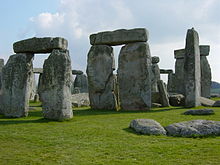



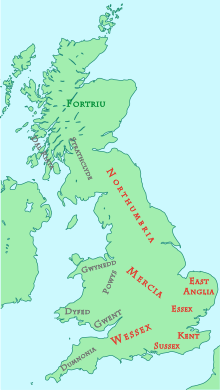

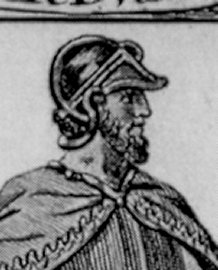
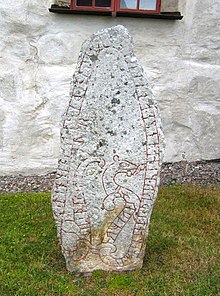

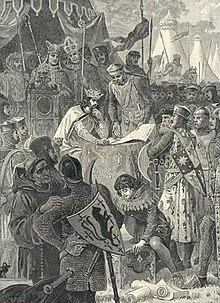



علاقه مندی ها (Bookmarks)